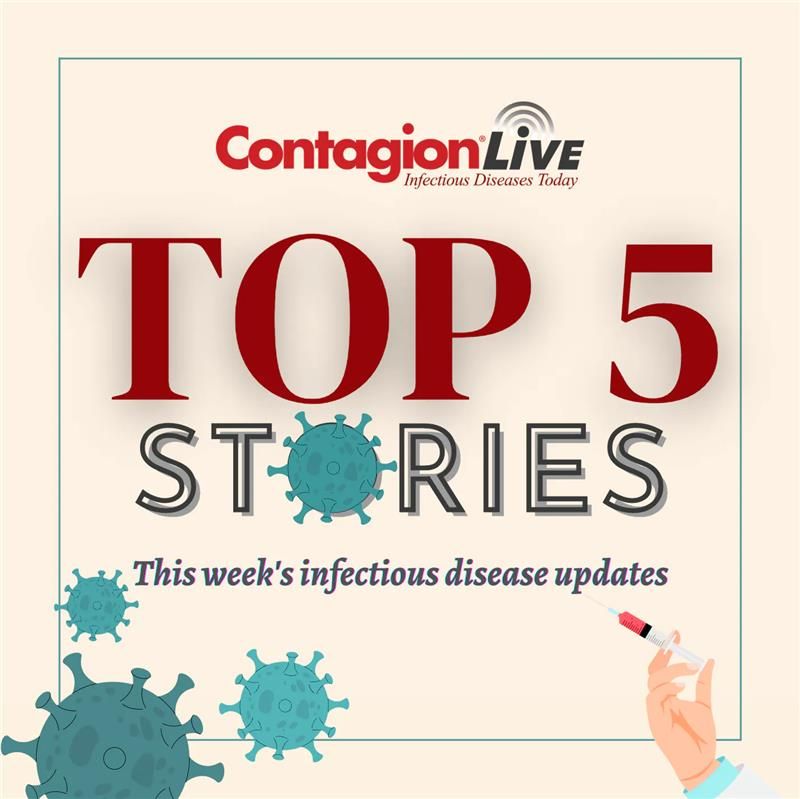At the World Vaccine Congress Europe, Chad Costley, MD, MBA, president and CEO of BlueWillow Biologics, presented an update on the company’s NanoVax intranasal adjuvant vaccine for avian flu (H5N1). In our interview, Costley discussed the vaccine’s design, addressed concerns about safety and public hesitancy, and highlighted the study’s potential.
The trial design simulated real-world infection and assessed how NanoVax™ primes the immune system. “With avian flu, we had a naive patient population who had not been exposed to the virus,” Costley explained. “We administered two intranasal doses of our adjuvanted recombinant protein vaccine followed by a third intramuscular dose.” He emphasized that the intramuscular dose, derived from an existing licensed H5 vaccine, was used as a “proxy for infection” to test how well the body would respond if it were exposed to the virus in the real world. “This approach helps us see whether our intranasal vaccine can prime the immune system to mount a robust, protective response upon real infection,” Costley added.
Vaccine hesitancy remains a challenge, especially in the context of COVID-19 and flu vaccines. Costley emphasized the potential for NanoVax™ to address these concerns, particularly for individuals who fear needles. “A significant portion of vaccine hesitancy is due to needle phobia,” said Costley, noting that intranasal vaccines, such as NanoVax™, can bypass this issue. “Any intranasal vaccine, including ours, can avoid the discomfort and reluctance that comes with needles.” He also noted that misinformation about vaccine safety remains a barrier.
Addressing safety concerns, Costley referenced Berna’s historical issues with intranasal adjuvanted vaccines. This example of a 2000s-era flu vaccine that caused Bell’s Palsy in some recipients, led to widespread distrust of intranasal adjuvants. “We think our platform addresses those safety issues directly,” he explained. “We have a novel oil-and-water emulsion that prevents adjuvants from reaching the olfactory bulb in the nose, which could lead to neurological side effects.” BlueWillow’s clinical trials have shown no serious adverse events to date, strengthening the safety profile of NanoVax.
Costley also underscored the advantages of intranasal vaccination for respiratory diseases like influenza, pointing out that this method mimics the natural route of infection. “We don’t get infected through our arms, we get infected through our noses,” he explained. “An intranasal vaccine has the potential to prime the immune system at the site of infection, providing a more robust and natural response.”
NanoVax contrasts with most current intranasal vaccines, which rely on live attenuated viruses. While live virus vaccines like FluMist have benefits, they also carry risks. NanoVax uses a recombinant protein and adjuvant system, generating immunity without the risks associated with live viruses.
Costley emphasized that the goal of vaccination is not only to prevent illness but also to reduce viral transmission. “What we learned from COVID is that protection means more than just keeping people from getting sick. It also means reducing viral shedding and carriage, which are critical for controlling the spread of disease,” Costley said. He believes NanoVax has the potential to address both aspects, providing immunity against disease while also reducing the likelihood of contagion. “For respiratory diseases, that dual protection is absolutely critical.”
Although BlueWillow has not yet disclosed the full results of its H5N1 clinical trial, Costley shared that the Phase 1 trial exceeded expectations. “We’re very excited to report that through some additional funding, we’ve been able to expand the data set, which now includes not just mucosal antibodies but systemic responses, cellular responses, and ADCC (antibody-dependent cell-mediated cytotoxicity) responses,” he said. Costley expressed optimism that the full results will soon be made public, though additional weeks of analysis are required.
BlueWillow Biologics’ NanoVax platform offers an intranasal alternative to injection-based vaccines and could reshape vaccine delivery. With trial results and a safety profile, it could play a key role in preventing disease and transmission as more data from its H5N1 trials are released.








